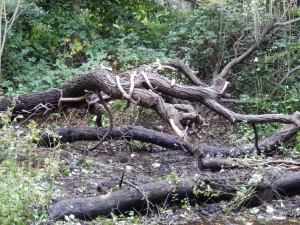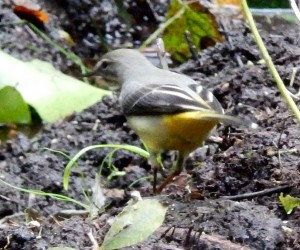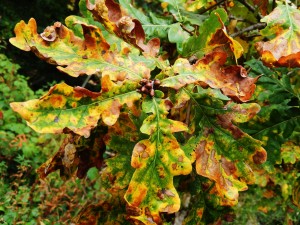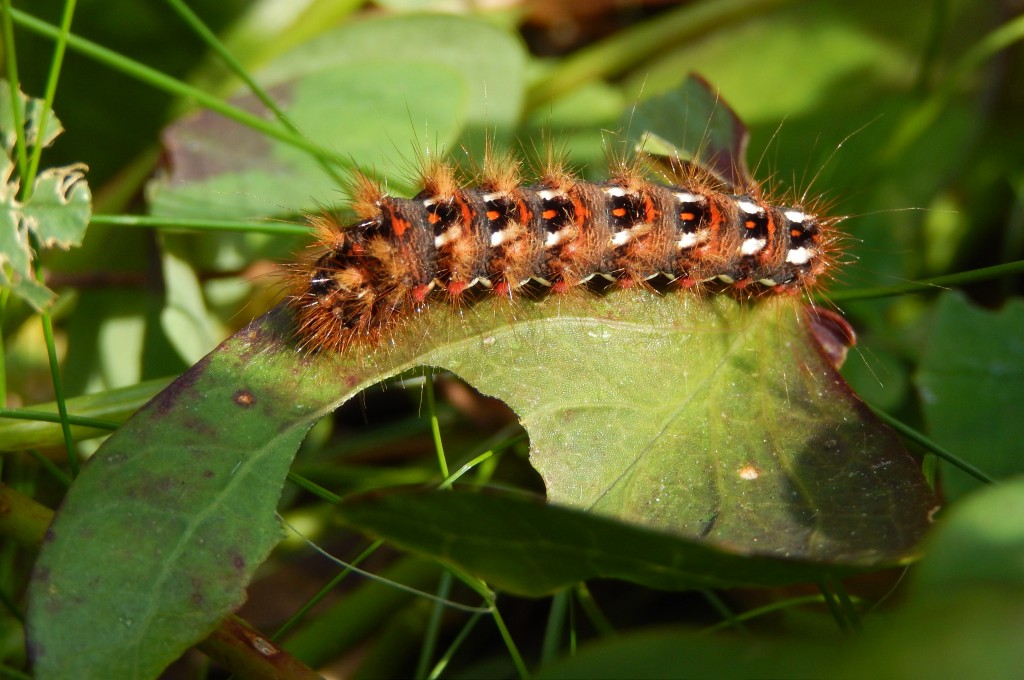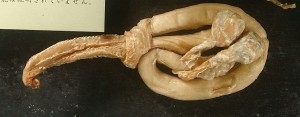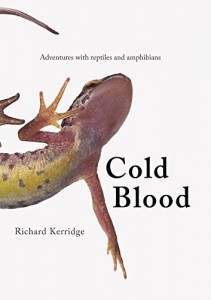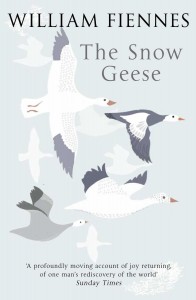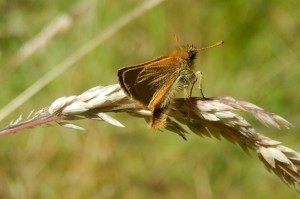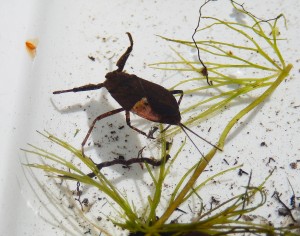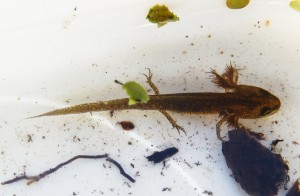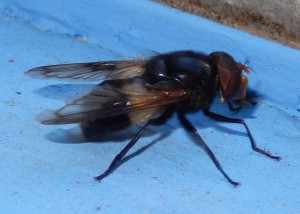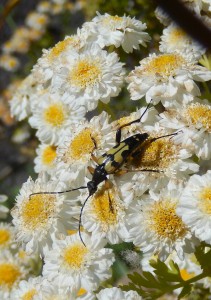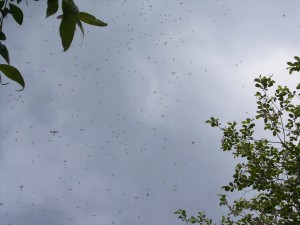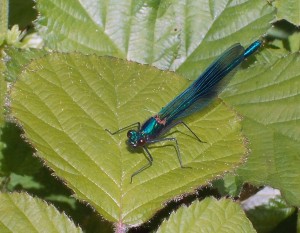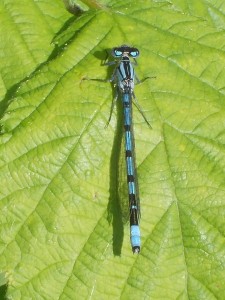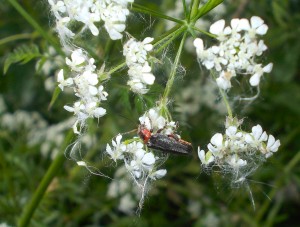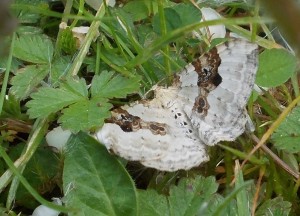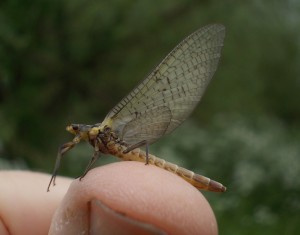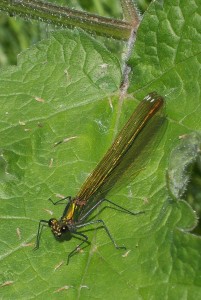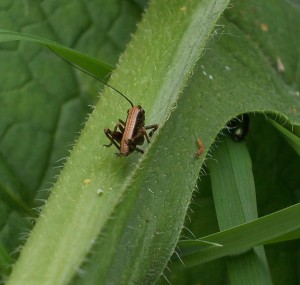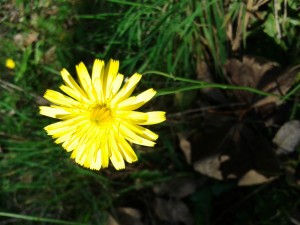
Emmylou Harris sang of sunshine in December and roses in the snow. It’s only the 28th of October, so not that late in the year yet, but the mercury climbed to an improbable 18 Celsius – that’s T-shirts and sunhats for work down at the nature reserve – and there were indeed roses blooming in the garden.
For the record, also in flower today were Alpine Pink, Tayberry, Squash, Strawberry, Primula, Nasturtius, Hydrangea, the little New Zealand Sorrel that manages to grow between the paving stones, and Daisy.
Down at the reserve, Beaked Hawksbeard has come back into flower (for the second time this year) on the picnic meadow. It seems that the warm weather has coaxed the plants to try flowering. They’ll get a bit of a shock with the change coming in the weather tomorrow, probably. It certainly feels like an odd bit of Phenology, but of course we won’t know for many years whether this is part of a long-term trend to do with global warming, especially as the global average temperature has been taking a holiday from its inexorable rise for some years now. When the temperature does take off, it will be too late to stop, and very costly to mitigate.
Judging by the feeble global co-operation on the far more obvious and immediate threat of Ebola virus, it’s hard to be optimistic about our ability to collaborate as a species on anything as large as global warming. The Drake equation, the one that predicts the number of intelligent civilisations in our galaxy, has a term for the lifetime of a civilisation, as Prof. Brian Cox recently explained in his TV series Human Universe. If it’s only a few centuries, that would neatly explain why – despite the profusion of suitable-looking planets – we haven’t been contacted by any other civilisation. That would imply that “intelligent” life never lasts very long on any planet. However hard it tries to be sensible, selfishness – which must always be favoured by evolution for short-term gain – always takes over, and people use up the resources of their home planet until – pof! – they wipe themselves out. Just clever enough to be really stupid. What a cheerful thought.

